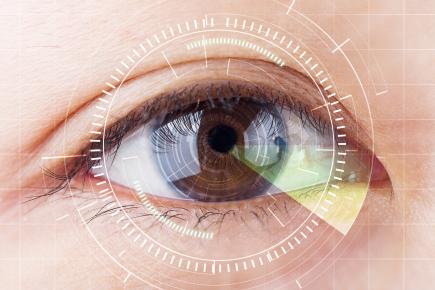
By Jennifer Palombi, OD, FAAO
It is estimated that approximately 40% of the population has 0.75D or more of cylinder in at least one eye, yet data from the 2024 international contact lens prescribing report shows soft toric contact lenses represented 32% of all soft lens fits reported globally, as well as in the United States.1 What accounts for the discrepancy in toric lens prescribing versus the percentage of eyes requiring toric lens correction? This is likely attributable to a persistent habit of attempting to “mask” low to moderate amounts of cylinder with spherical equivalent contact lens correction.
The impact of leaving as little as 0.75D of cylinder uncorrected can result in a significant decrease in distance and near visual acuity and reading speed, with low levels of induced astigmatism also decreasing reading fluency and stereoacuity.2-4 Uncorrected astigmatism can also result in increased symptoms of ocular discomfort, dry eye and headaches.2,3 Contrary to historical thinking, spherical soft lenses with thick or high-modulus designs do not “mask” astigmatism,5-7 nor do aspheric optics improve visual outcomes for low astigmats compared to toric correction.8,9
Uncorrected astigmatism not only results in reduced visual performance for the wearer but can ultimately lead to contact lens dropout. Sub-optimal vision performance is a significant cause of contact lens drop out by itself,10-12 with additional research finding a direct correlation between decreased vision and reduced overall comfort scores.13,14 All of these insights serve as a reminder to ensure the vision and comfort needs of patients with astigmatism are fully met in contact lenses.
While the prevalence of astigmatism has not changed significantly during the last three decades,15 soft toric lens design and availability certainly has. Given the wide choice of materials, replacement schedules, prescription options, and toric lens designs available in the CooperVision® toric lens portfolio, the eye care professional can fit virtually any astigmatic patient with the many reliable options available to them from a world leader in soft toric lens design.*16,17
Read the full article here and discover how you can make the most of the soft toric contact lens opportunity in your practice.








